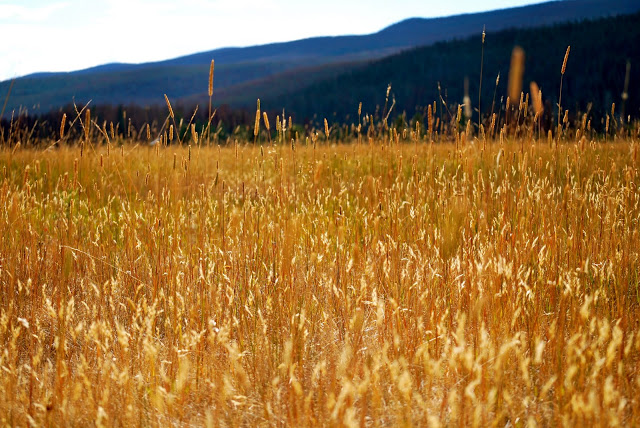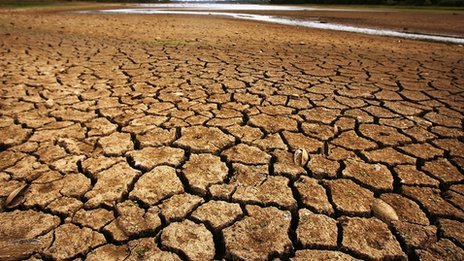Save Our Water Web Site Launches “Don’t Waste Summer” Campaign
As a drought-stricken California moves further into a hot summer, Save Our Water – a partnership between the Association of California Water Agencies (ACWA) and the California Department of Water Resources (DWR) – is launching Don’t Waste Summer, a campaign devoted to providing daily tips and news to help Californians find ways to conserve at home and at work every day.
Don’t Waste Summer kicks off this week with the official start of summer. Tips will range from simple ideas such as shutting water off as you brush your teeth, to checking for and fixing leaks, to helpful ways businesses big and small can do their part in saving water during the drought.
The campaign will also showcase the efforts of Save Our Water partners to conserve this summer.
The Association of California Water Agencies (ACWA) is the largest statewide coalition of public water agencies in the country. Its nearly 440 public agency members collectively are responsible for 90% of the water delivered to cities, farms and businesses in California.
The Department of Water Resources (DWR) is responsible for managing and protecting California’s water. DWR works with other agencies to benefit the state’s people, and to protect, restore and enhance the natural and human environments.


















